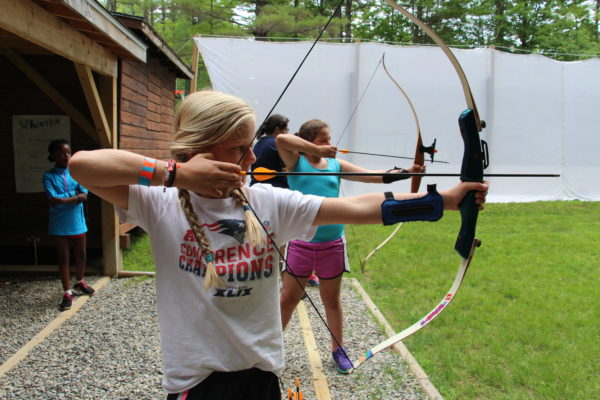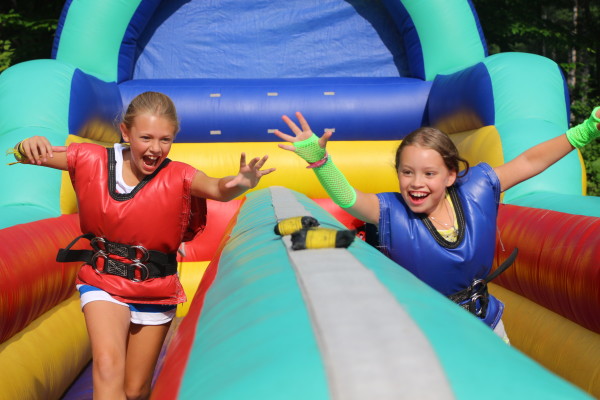Physical exercise has a substantial link to brain function and thinking skills, according to a study carried out by the University of Chicago Illinois at Urbana-Champaign. Whether it’s kicking a ball or jumping rope or playing tag, movement benefits young people’s minds.
Studies also show that just going for a walk before doing math and reading can positively affect the outcome, no matter how fit or unfit the child may be. Not only are physical activity breaks necessary throughout the day but just simple “brain breaks,” where the child can take a calm break from classwork, helps their productivity.
Recess is standard for elementary school children but it unfortunately goes away as children become teenagers. And when you tack on the growing pace of technology as an after-school or during-school activity, physical exercise, when not mandatory, is declining.
Rare are the days where “red light green light” is the afternoon activity you choose right up until it’s either too dark to play, dinner is ready, or the mosquitoes want too much of your time.
 Brain Facts
Brain Facts
The prefrontal cortex and the hippocampus of physically-fit children are better developed than those of less fit children. These two brain structures control many of the abilities that lead to high academic achievement: long-term memory, self-regulation and goal making, among other key functions.
A 2009 Stanford University study found that fifth, seventh and ninth grade students in California who passed the state physical fitness test and those whose fitness improved between fifth and seventh grade scored better than their less-fit peers on the state’s standardized tests.
A 2013 study of nearly 12,000 Nebraska students also found that aerobically fit students were more likely to pass the state’s standardized math and reading tests, regardless of their weight or socioeconomic status. Another 2013 study that randomly assigned 8- and 9-year-old Illinois children to a nine-month after-school fitness program found the kids whose fitness improved also got better at paying attention and ignoring distractions. They also improved to young-adult levels in their ability to regulate their behavior.

Movement is Vital
So the long and the short of it is this: movement throughout your day is vital, whether you are a child, a teenager, or an adult.
It’s good for your body and it’s good for your brain.
Summer camp is an excellent way to get kids into a space where they are actively engaged and moving. Whether they are swimming, playing soccer, water skiing, dancing after meals, or singing along at a campfire, they are benefiting physically, mentally, emotionally, and socially.
Because of the decline in physical fitness classes at school, camp becomes even more beneficial because of its rare glory to do awesome and engaging activities while being outside in the fresh air. You also get a great balance of lots of activities, as well as down time to read, write letters, play cards, chat with friends.
 Finding Fitness at Camp
Finding Fitness at Camp
Even though Kippewa is not a fitness camp by any means, there are ways to increase your activities if you choose (morning running club, extra swim time…etc).
But what we really love to see is kids just getting out and playing.
Again, that can be on stage in a drama class, grooming horses, painting a mural, going on a scavenger hunt, or working with your bunkmates to dress up your counselor for a skit. You don’t have to be in a fitness class to be engaged and moving in a beneficial way.
Kippewa is a space where there are a myriad of options to get kids up, excited, and moving. And whether you are a first time camper, an oldest camper, a counselor, a leadership team member, or a support staff member, you can greatly benefit from a wonderful summer and a stronger brain.






 Check Out Our Two Week Camp Experience!
Check Out Our Two Week Camp Experience!